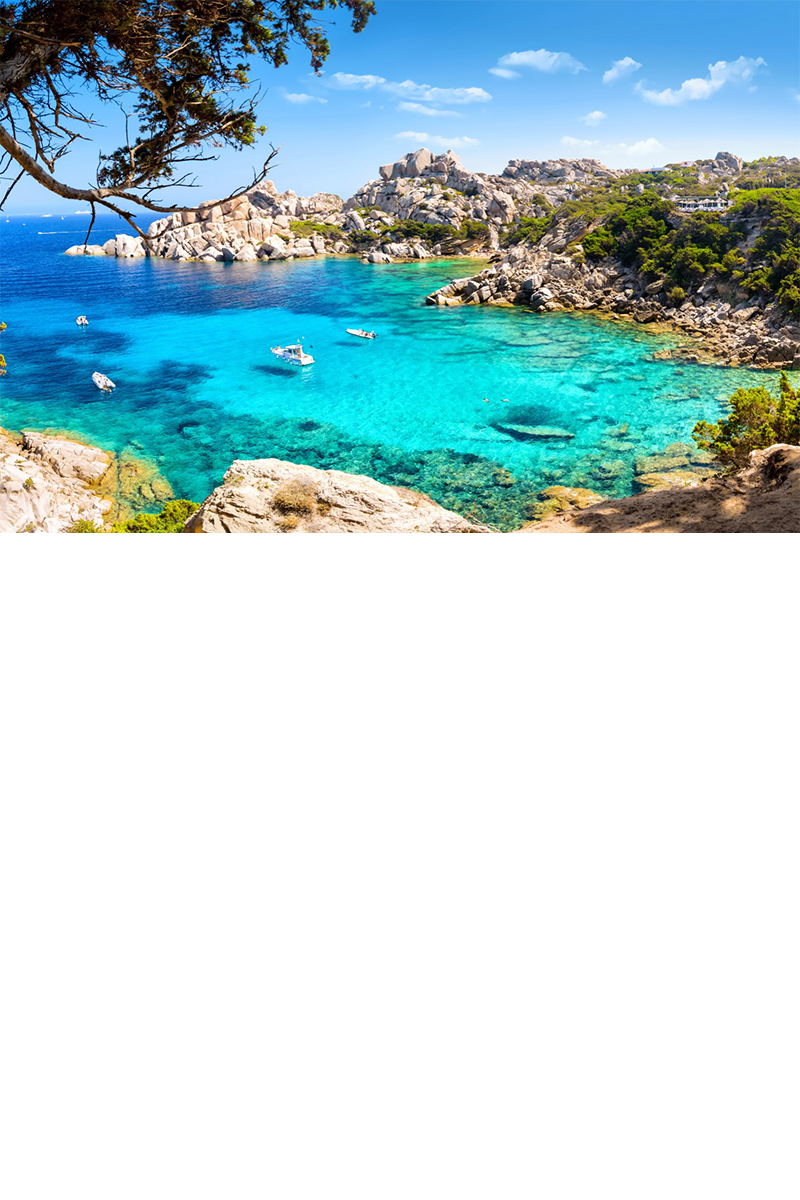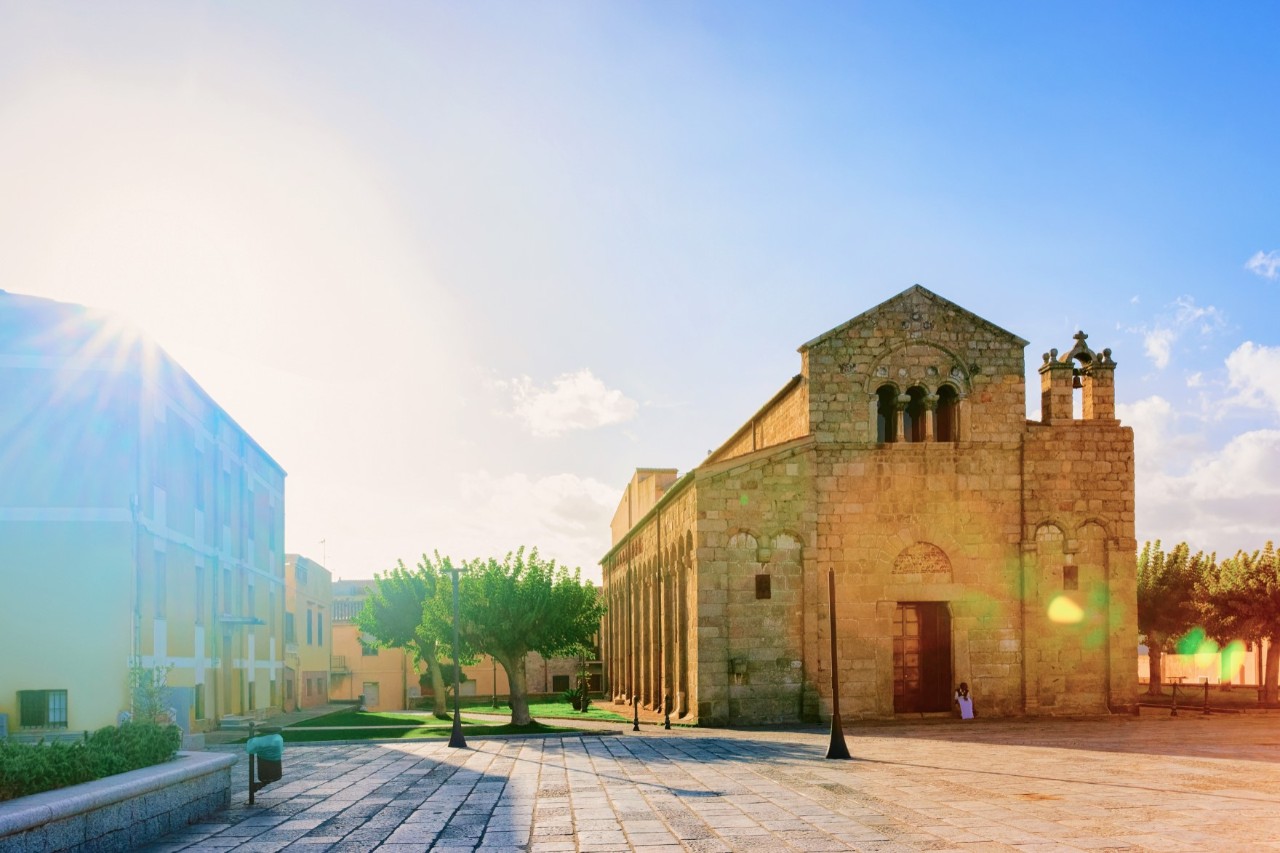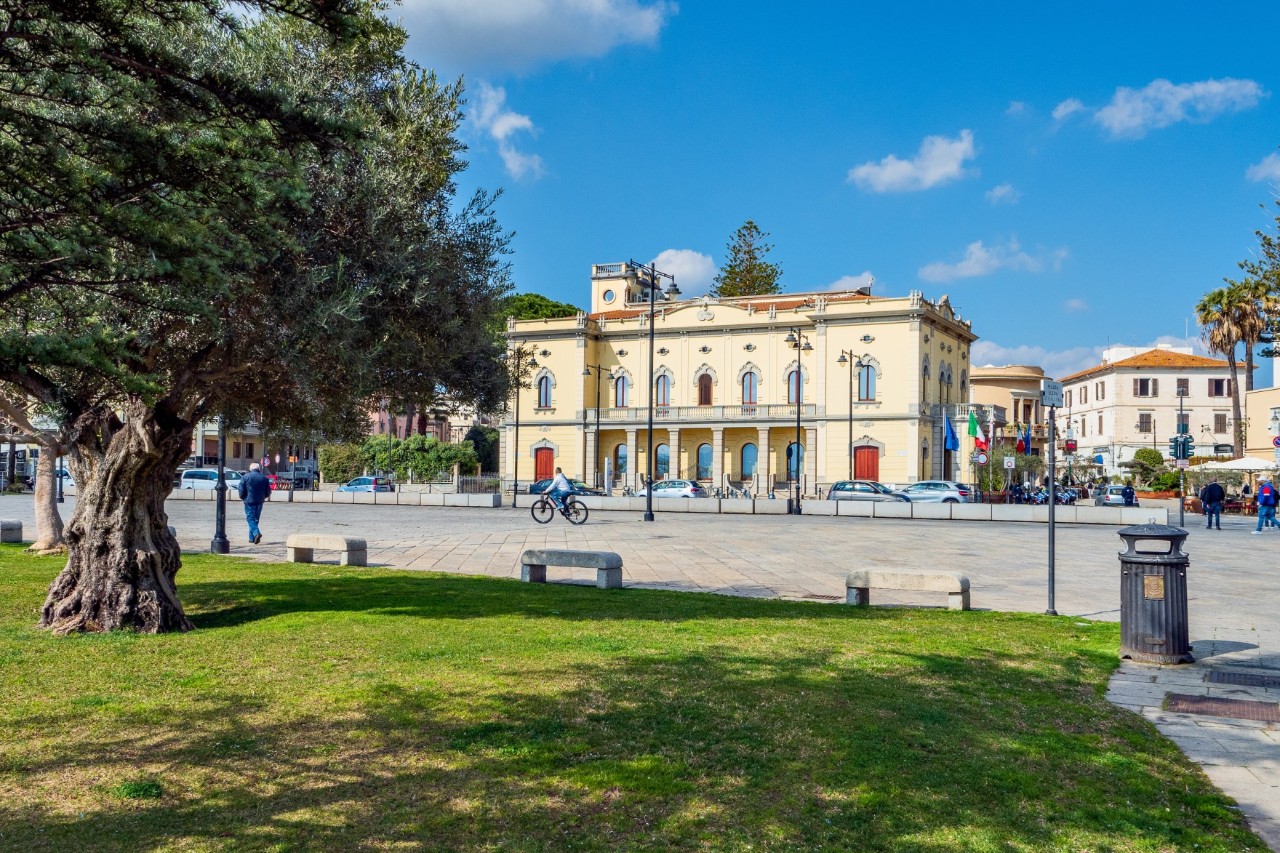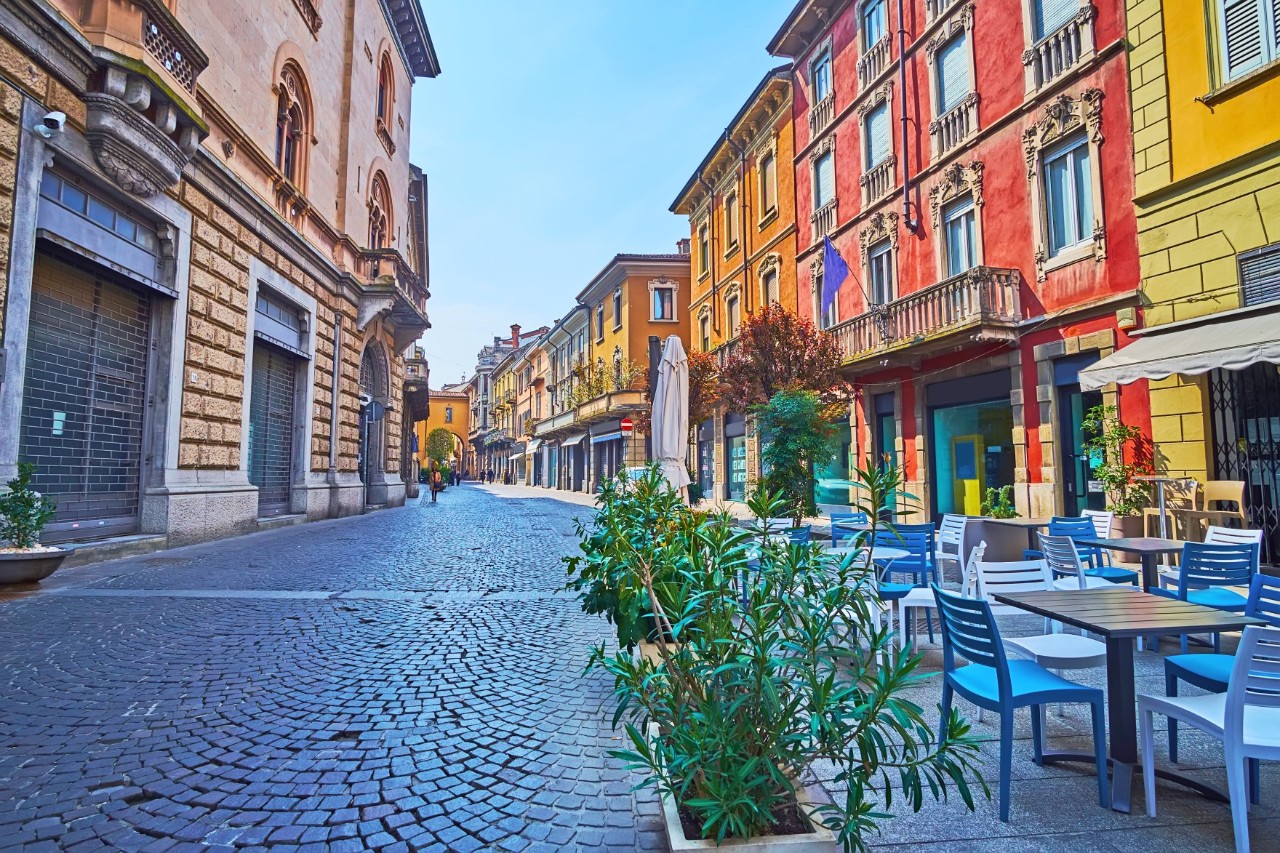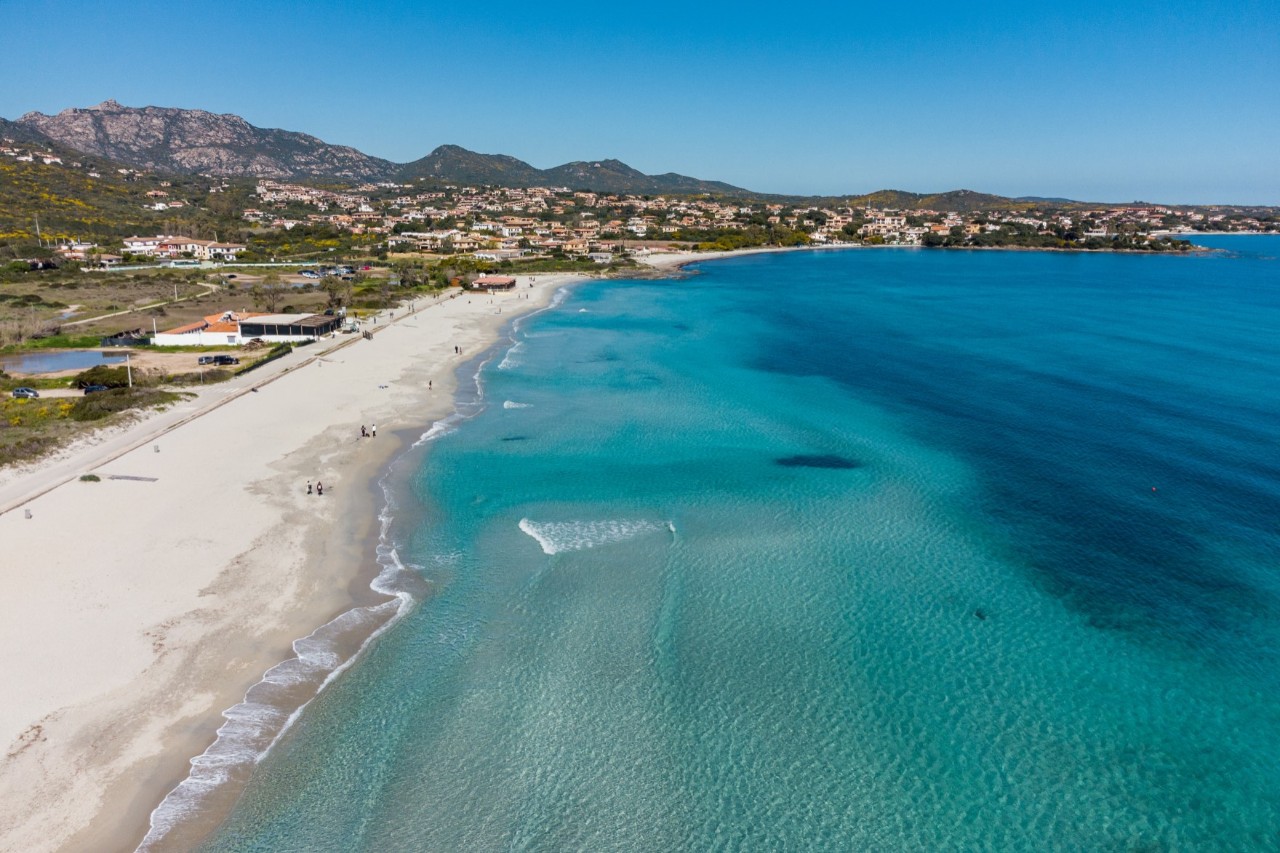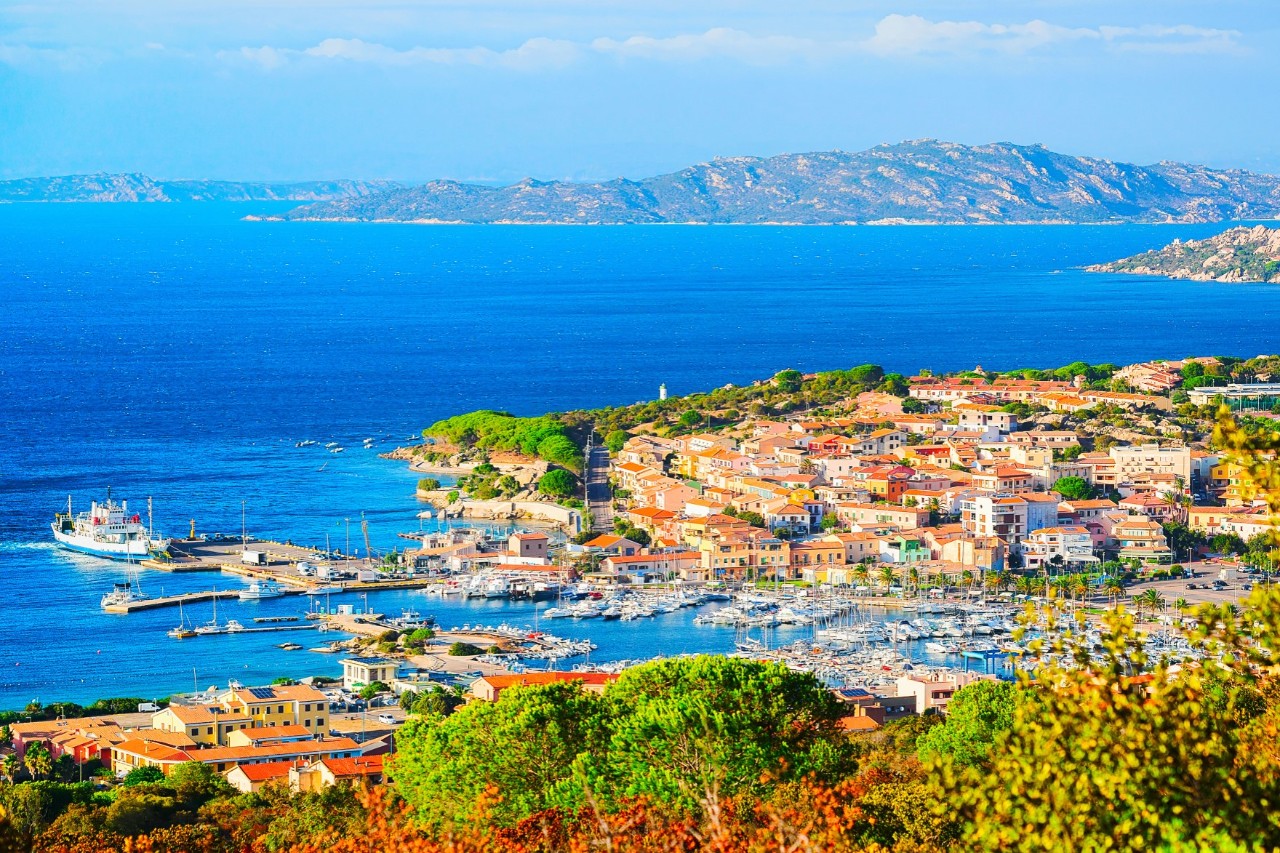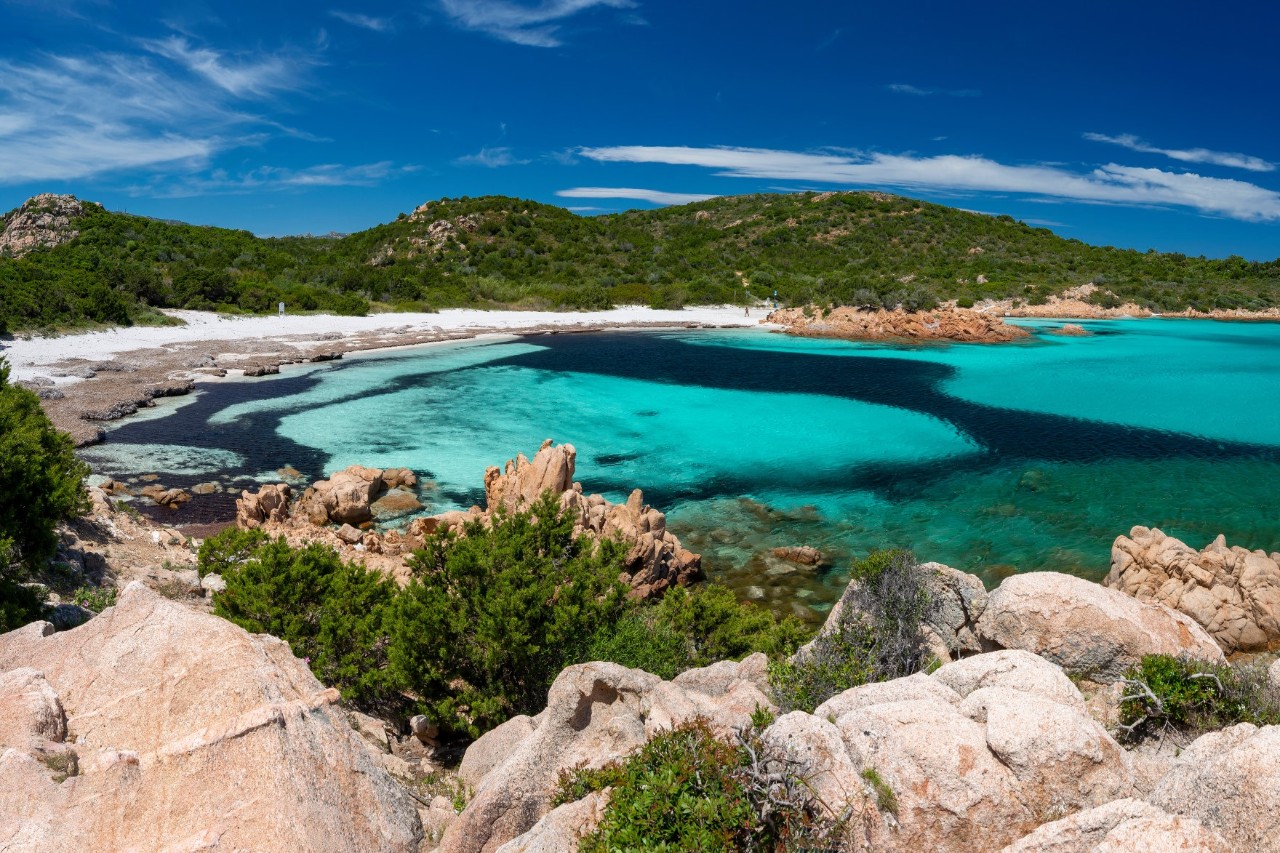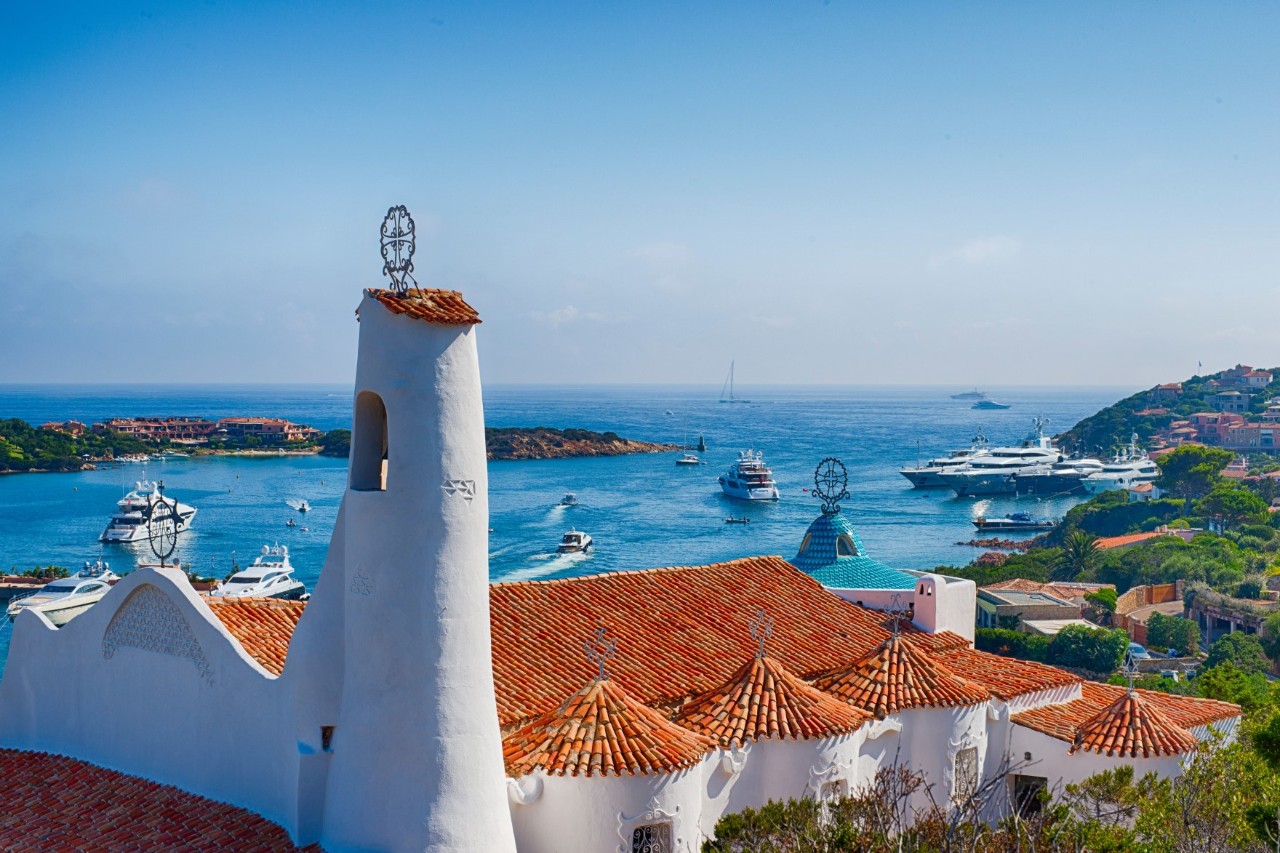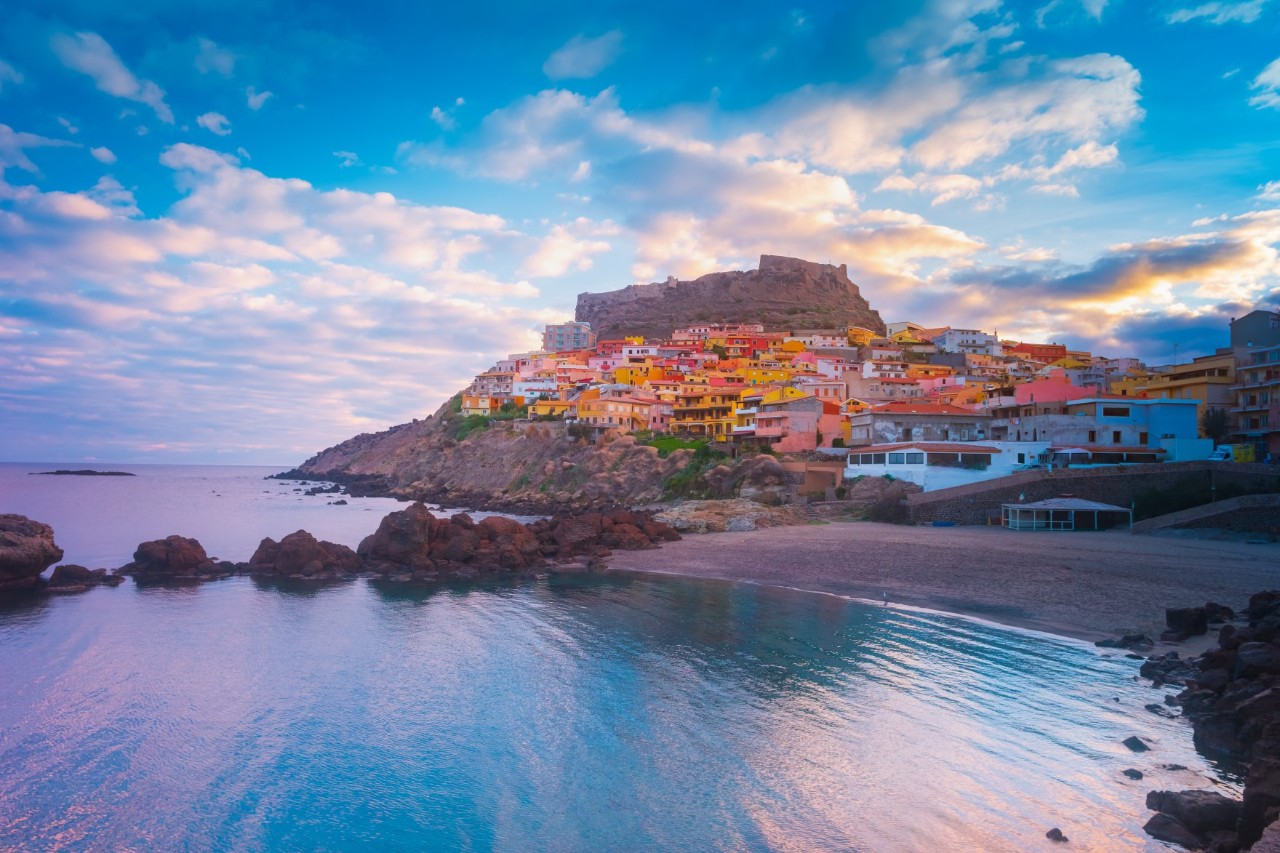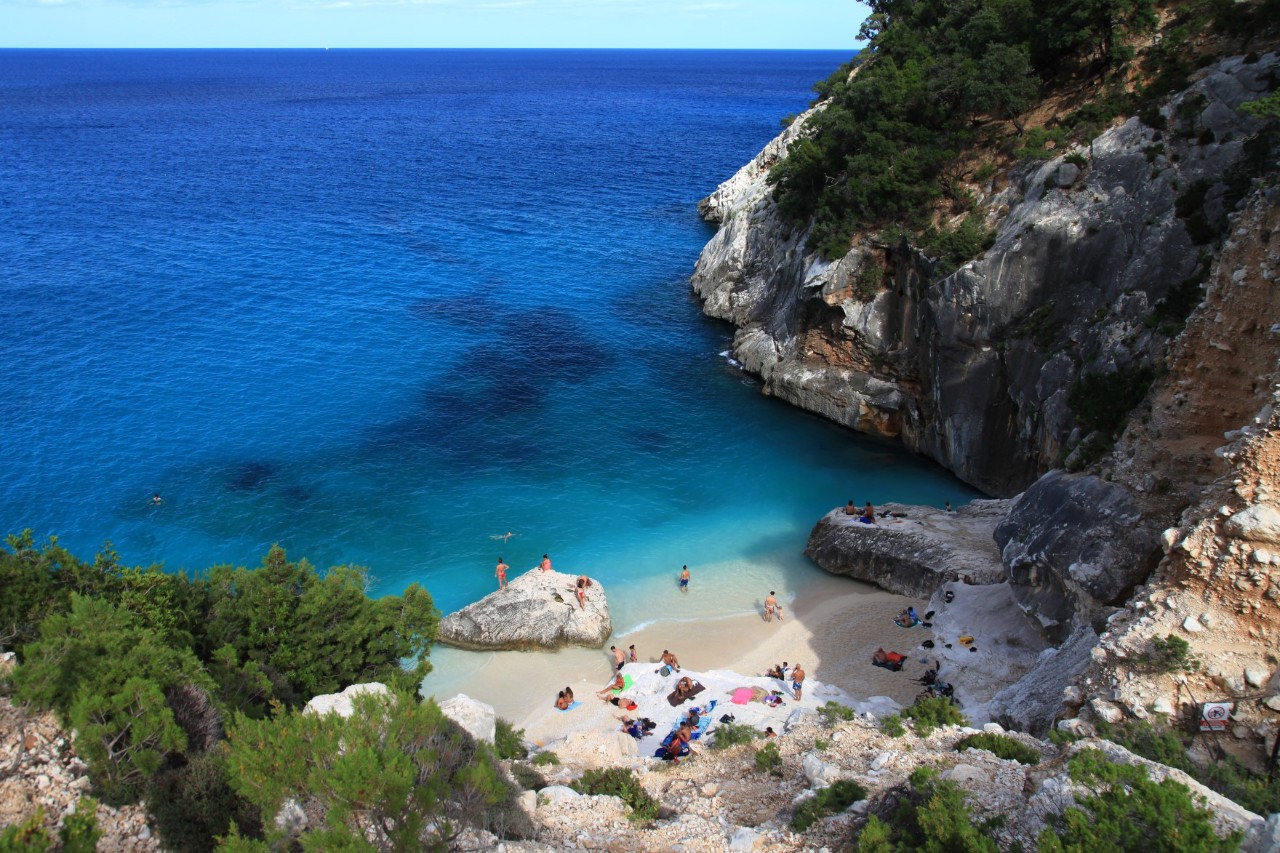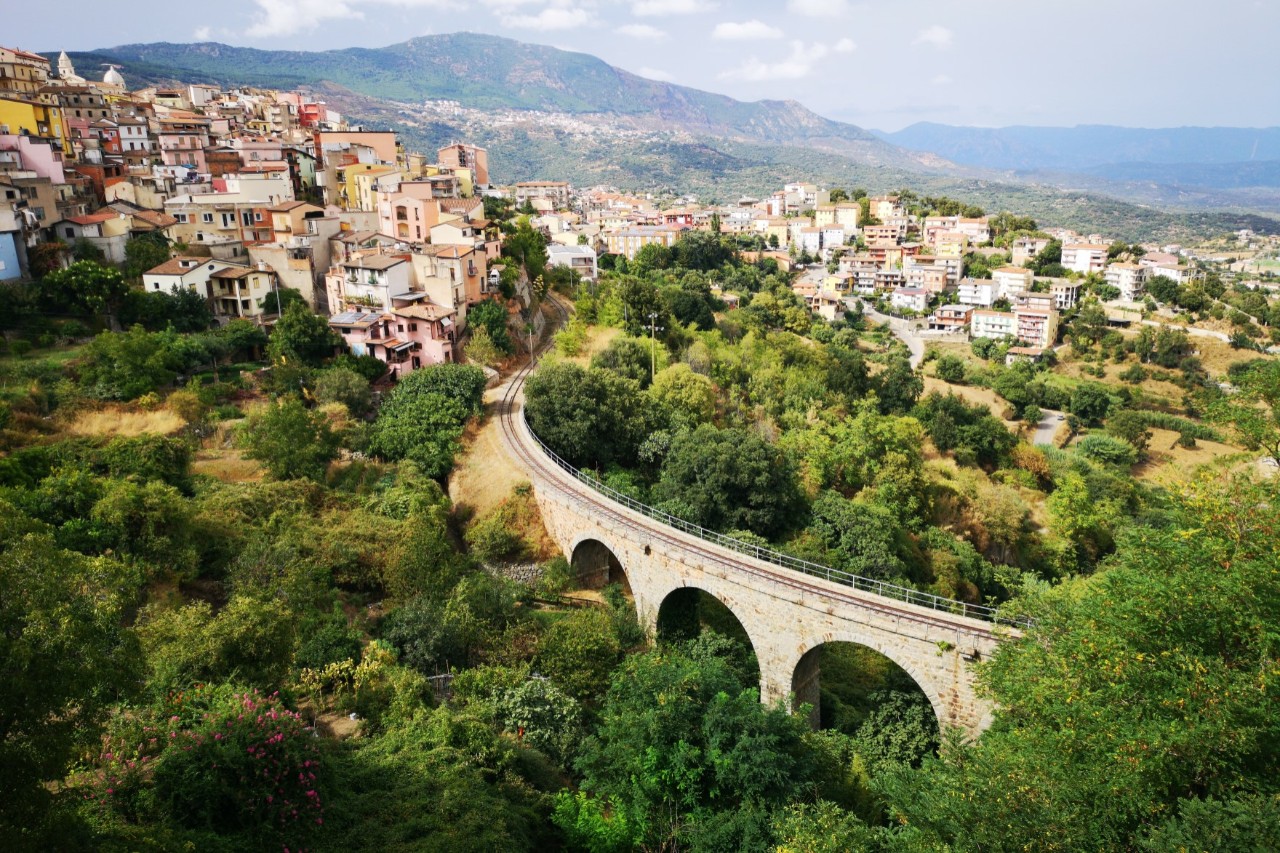Discover the beauty of Sardinia
The Italian Mediterranean island of Sardinia is rightly nicknamed the ‘Caribbean of Europe’: crystal-clear, turquoise-blue water, kilometres of sandy beaches and hidden bays that can only be reached on foot. The only thing missing are the coconut palms. Instead, there are marvellous pine forests, olive groves and the wild macchia – the Mediterranean scrub vegetation typical of Sardinia. Olbia is a small town in the northeast of the island, situated on the Gulf of Olbia. It is not only an important gateway to the Costa Smeralda, a coastline known for its exclusive resorts, but also an ideal starting point for a tour of the island. Sardinia is known for its wild nature, mountainous hinterland, colourful villages, mystical sites and the prehistoric nuraghi - stone towers dating back to the Bronze Age. But before you move on, you should definitely pay a visit to the small harbour town of Olbia and its charming old town.
Numbers, data, facts
- Time difference: none
- Population: 60,000
- Official language: Italian
- Currency: Euro (EUR)
Olbia and the northern tip of Sardinia
Sardinia - an island of traditions and wild nature
‘Bona die’ – this is the traditional greeting in Sardinia. In addition to Italian, Sardinian is also spoken on the island in various dialects. This independent language is a central component of Sardinian identity and is still kept alive today, as are traditional folk festivals and processions. Particularly noteworthy are the religious festival of Sant'Efisio in Cagliari and the Carnevale di Oristano.
With an area of around 24,100 square kilometres, Sardinia is the second largest island in the Mediterranean after Sicily. It stretches around 270 kilometres in length and 145 kilometres in width. In between, landscapes such as the Gennargentu National Park and the mountains of Ogliastra unfold, inspiring visitors with their wild nature and unspoilt beauty. The island is also known for its prehistoric nuraghi. These are stone towers from the Bronze Age that represent an important part of Sardinian tradition.
Highlights of the island: coastal towns and dream beaches
Olbia from BER
- Airline to Olbia
- Airport from BER
Five tips for …
- The Roman temple of Antas near Fluminimaggiore
- Religious centre from the Bronze Age: the sanctuary of Monte d'Accoddi
- Clear water and mystical legends: The spring of Su Gologone
- By boat to the sacred cave: the Grotte di Nettuno in Alghero
- Stone tower and UNESCO World Heritage Site: Nuraghe Su Nuraxi in Barumini
- The Gola di Gorropu, one of the deepest gorges in Europe
- Monte Limbara: granite mountains with panoramic views over the Gallura region
- The old shepherds' paths to hidden caves in the Supramonte mountains
- Coastal hike through the Asinara National Park
- The large sand dunes of Piscinas on the Costa Verde
- Almost like ravioli: Culurgiones - dumplings with potato filling in tomato sauce
- National dish of the Sardinians: Porceddu - traditional suckling pig with herbs
- Dish made from durum wheat semolina balls with mussels: Fregula con Arselle
- Thin, crispy flatbread with olive oil as a side dish: Pane Carasau
- Sweet dessert: Seadas - fried dough filled with pecorino cheese and honey
Picture Source title:
© refresh (PIX)/stock.adobe.com
The information published on this page is current as of the date of publication or update.

